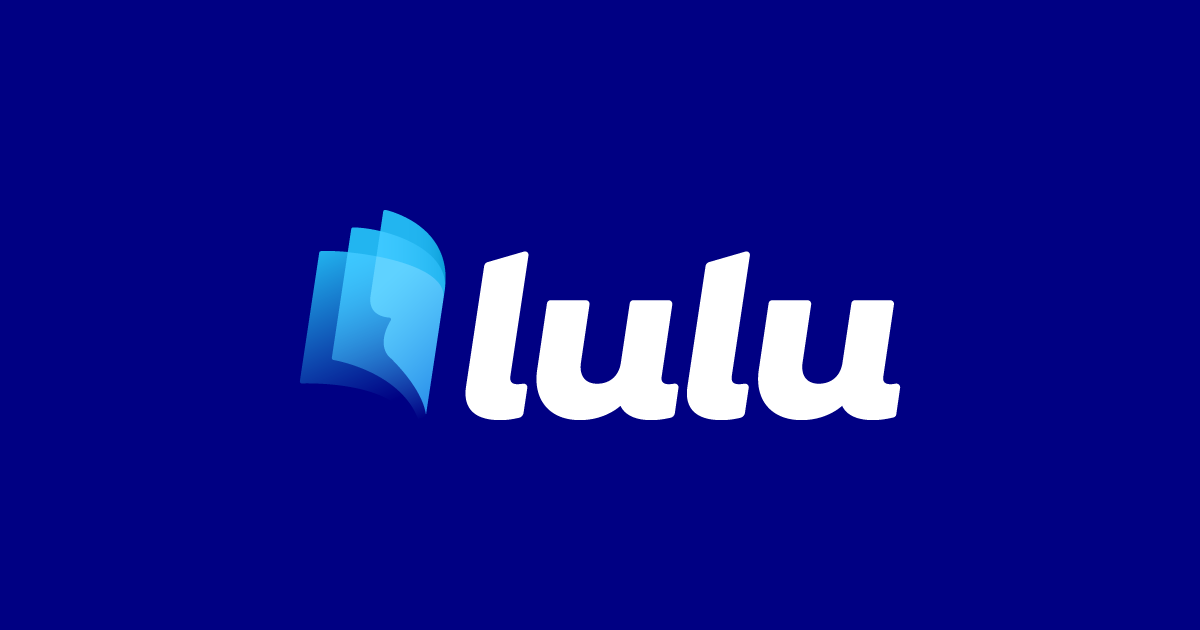Your Product Ecosystem

Products don’t make money, product ecosystems make money.
~Daniel Priestley
The goal in this chapter is to expand your product ecosystem so that you have a full suite of product offerings that are profitable and create more leverage in your business.
Most creator businesses I see offer only one or two of three tiers of products that we’ll discuss in this chapter. By the end of this chapter, you’ll understand the three tiers, and understand what products/offers you can add to your business to make it more profitable.
Three Product Tiers
There are three different tiers of products and offers, all related to how much of your time the customer or client gets. You have:
- Do-It-Yourself offers - none of your time
- Do-It-Together offers - some of your time
- Do-It-For-Me offers - all of your time
We’ll label these DIY (do it yourself), DWY (done with you), and DFY (done for you).
DIY Offers
A DIY offer is a product that you can sell to a customer and they can “do it themselves” with the guidance from the product they just bought. Think of a book, a course, a video or audio series, a template, a dashboard, any type of SAAS (software as a service) product.
Adobe Creative Cloud is is a DIY offer. No one from Adobe is helping you edit a video, photoshop an image, or design a website. It’s a tool that you pay for that helps you do it yourself.
The DIY offer has high leverage as it requires none of your time to deliver the outcomes. You sell it, they do all of the work.
The typical price range for a DIY offer is $-$$$, or $1 to around $200-250 on the lower end, but I have seen DIY offers as high as $999.
DWY Offers
A DWY offer includes some of your time. Think of group coaching, a cohort-based-course, an event, consulting, etc. These offers include some of your time, but you aren’t doing the work for them. Your customer or client is still responsible for the execution, but you’re there to guide and help them along the way.
The typical price range of a DWY offer is $$$-$,$$$. Think $200/hour for coaching all the way up to $9,999 for an in-person event.
DFY Offers
Done For You offers are generally your “core” offer, the offer that makes you at least a few thousand dollars in profit each time you sell it to a customer or client, the thing your business “does”. Video production, studio music recording, designing and executing a new marketing campaign or website, etc. Your customer is hiring you to do the work, and they give their input along the way.
This allows your customer to leverage your business to get the outcomes they want without it taking as much of their time. They also may lack the expertise to get the same outcome that they could hire you to get for them.
The typical price is $,$$$-$$,$$$, and depending on the offer can be as high as six- or even seven-figures.
Your current ecosystem
Take a look at your business. Look at all of the things a customer or client can pay you for. Do you have a DIY offer? A DWY offer? A DFY offer? As I said, most businesses have only one or two. Expanding to all three creates more profit and sustainability for your business, so let’s talk about how to add them so you have a full “set” of products and offers at all three tiers.
Let’s use a musician and a video production company as an example.
A musician typically has two offers - DIY and DWY. The DIY offer is their album which can be purchased or streamed anywhere anytime without the direct involvement of the artist. Depending on their popularity and the size of their audience, that revenue can be anywhere from $0 all the way up to thousands of dollars per month as we showed in the oversubscribed chapter. Most independent artists I know make a few hundred to a few thousand dollars a month from their DIY offer.
You can expand this revenue stream by adding more music - releasing more songs or albums - and growing your audience, but it takes time and effort and money to do both.
The second offer many musicians have is a DWY offer. These are gigs - playing shows and corporate events, being hired to lend their voice to a track or album, or otherwise trading time for dollars.
The client is typically there as well, as in a corporate gig. This offer blurs the line slightly between DWY and DFY, and it mainly depends on the price when it comes to which tier to put it into your business.
You could also include music lessons in this bucket, or being a session musician where you go and play on other people’s tracks or albums. You’re doing it with your client or customer who hired you, rather than doing something for them with little of their involvement.
Adding the top tier of DFY offers is where a lot of musicians unlock growth in their business. Think about licensing, custom music creation, and publishing.
(You could make an argument that publishing could fall under the DIY tier, but again it depends on the price tag. If you’re licensing your music for $-$$$, it’s more of a DIY product offering. If it’s $,$$$ to $$,$$$, it’s more of a DFY solution for your clients and customers.)
Expanding your business to include a DFY offer gives you the opportunity to license your existing music or create custom music for advertising, television, and film for thousands if not tens of thousands of dollars per licensing deal.
The artists I know who have expanded their business to include this are the ones who are around 10 and 15 years into their career, instead of having to give up after 4 or 5 because it isn’t profitable enough to sustain their lifestyle.
If you have DIY or DWY products and offers, think about adding a 0 to the end of your most expensive offer. (So if you currently charge $2,500 for a corporate gig, what would a $25,000 offer look like?) Talk to some of your best clients and ask them about their pains, needs, and desires, and craft a bespoke solution for them, and then turn that into your new DFY offer that you can offer again and again.
Now let’s look at a typical service business like a video production company or music recording studio. You typically have a DFY offer and maybe a DWY offer. The DFY offer is video production - we’ll produce a video for you. The DWY offer is having a client come into the studio and pay you to record them and their band.
If you have these higher-tier offers, step one is to make sure they’re profitable. You should make at least $2,000 profit every time someone says yes. That means that if it costs your business $10,000 to deliver the outcome, you need to charge at least $12,000 to your customer. Ideally you have closer to a 50% profit margin until you’re oversubscribed.
When I ran a video production company we would charge a minimum of $10,000 to do videos for clients. We knew that each client would take around $5,000 of our time, contract labor, locations, equipment, and other expenses, so we needed profit margin in there as well. So any time we put together a bid, we would add up all of the hard costs for the project, and then double it for the quote. That way we knew we had money for our business to be profitable and to grow.
If your current offer isn’t profitable, simply increase the cost. You can use this as a marketing opportunity to get repeat clients: “our prices are going up in the new year. Schedule your next video with us in the next month to lock in the current pricing before it goes up!”
Now, we need to think about the other two tiers if you only have a DFY offer in your business. There’s a member in my creator community who recently shared that they’re at capacity - they can’t take on any more clients because they’re maxed out time-wise. Yet, they are still struggling to be profitable because they took on too many unprofitable projects. The first step, as I told them, is to charge more for their services. They’re oversubscribed, so they can increase prices and keep the same amount of clients and customers.
The next step is adding to their product ecosystem in ways that don’t require any of their time. I would recommend that they look at a DIY offer, something that their customers can buy from them that requires no time from their employees to deliver. They could create a sound library that they can sell for $10-100, or $1 per track. They could create a course on how to do what they do and sell it to their customers that are interested in getting the same outcome but can’t afford their services yet. They could even create a DWY offer like a community or group coaching where they teach monthly workshops or host monthly meetups. This could be $10-100 per month from as many people as they can sign up, but only takes 1-2 hours a month of their time.
These lower tiers provide more leverage - more money for less of your time. The only limit to the revenue from a DIY offer is how good your content and engagement systems are and how much audience you can bring into those systems.
One last type of offer to think about is sponsorships. If you have a newsletter, or an event, or a physical space, you can offer sponsorships. What if you offered the naming rights to one of your edit rooms or studios? What if you put on an annual event and invited sponsors to support the event? This is technically DIY or DWY revenue - it takes very little if any time to deliver on that sponsorship offer - but sponsors can range anywhere from $100 to $100,000 or more depending on the offer.
The book you’re reading right now has a sponsor, Lulu. I approached them in June of 2023 and told them I was writing the book, and created a bespoke offer for them. We ended up agreeing on a $12,000 sponsorship - for a book that I hadn’t even started on yet! That’s why you see a chapter about them in the book, as well as - if you were following along - they were listed as the sponsor on every weekly email and every podcast episode that I recorded of the book chapters.
So, if you’re scoffing at the idea of sponsorships, you’re simply leaving money on the table. If you’re a video production company, you could start a YouTube channel and offer sponsorship slots in your videos. If you’re a studio you can ask different brands to sponsor you, or host a monthly streaming concert and find sponsors - the opportunities are endless. It just takes a little imagination and going out to create bespoke offers for sponsors to help them get the outcomes they want - more brand awareness, more leads, more revenue for their business. If you can help them achieve those outcomes with a sponsorship, you can put an offer together.
The way to grow your business isn’t to hustle more or do more of what you’re already doing. It’s often much easier, much faster, and much more profitable to expand your product ecosystem to include all 3 tiers.
If you’re just starting out you may be wondering where to start? The most direct path to revenue and profit in my experience is to start with the DFY offer. You can charge a premium, make a healthy profit, and make more for the same amount of marketing effort (1 customer = $10,000 instead of $10.)
Once you’ve delivered outcomes for your customers and clients, expand the ecosystem downward to include DWY and DIY offers based on what you are already doing. So if you’re doing video production for your DWY offer, create a consulting offer like a strategy call or a group coaching offer. Something where it isn’t 1-1 but 1-many. Then take the process you use with your DFY clients and put it into a book or course and that becomes your DIY offer.
If you’re a solo creator, this is how you grow your business from five to six and even seven figures in revenue. Through your product ecosystem, not just by growing the audience for your DIY offer. If you’re a six-figure business with employees, you can expand your product ecosystem to create more profit and double your business, simply by adding another tier. It’s a way to expand your business without increasing overhead, which creates more profit.

Sponsored By Lulu.com
The team at Lulu has been an incredible partner since I released my last book, Craftsman Creative - How Five-Figure Creators Can Build Six-Figure Businesses.
We've partnered on this next book, Blockbuster, to share the ins and outs, the behind the scenes of writing and publishing a book in public.
To learn more about how Lulu can help you get your book out into the world, visit lulu.com by clicking the button below:
NEXT CHAPTER

PREVIOUS CHAPTER



Member discussion